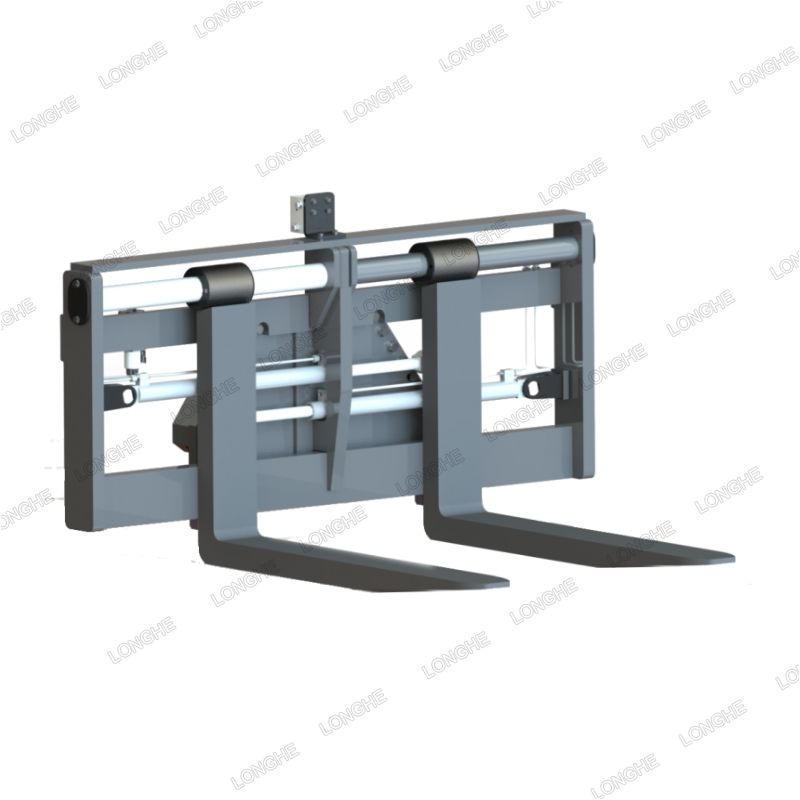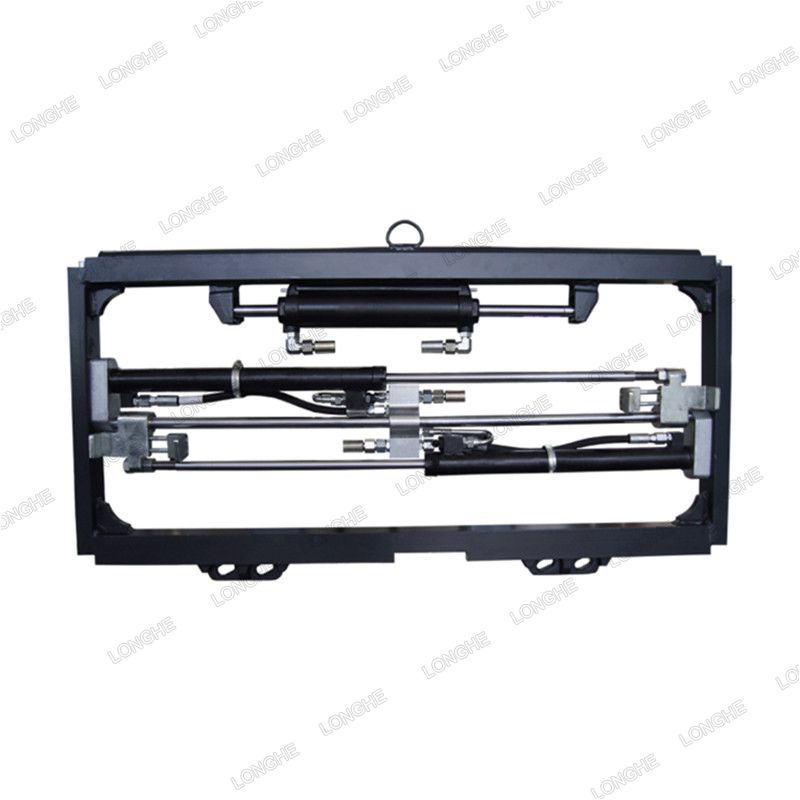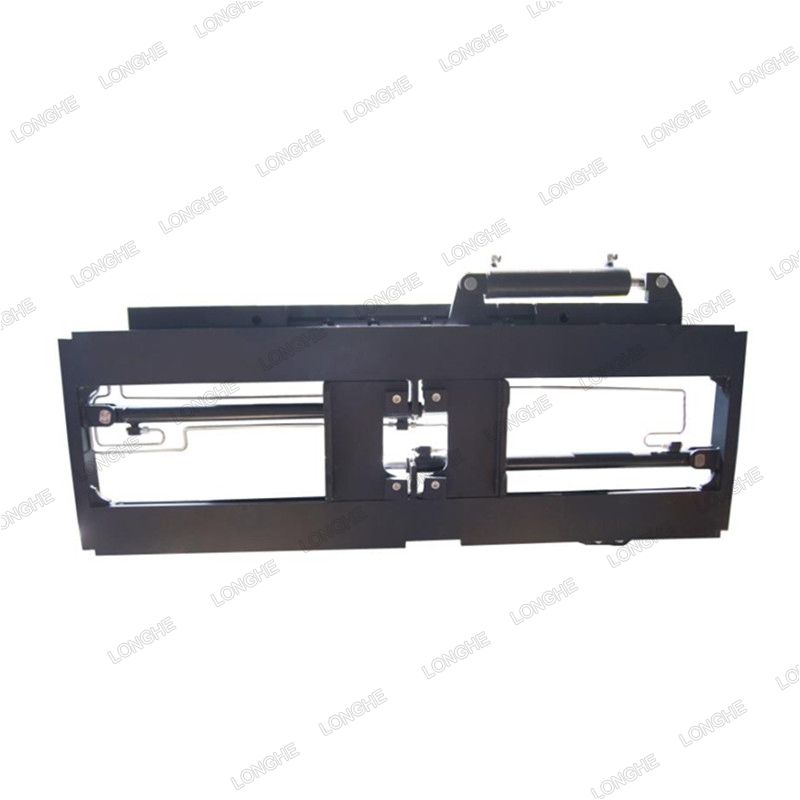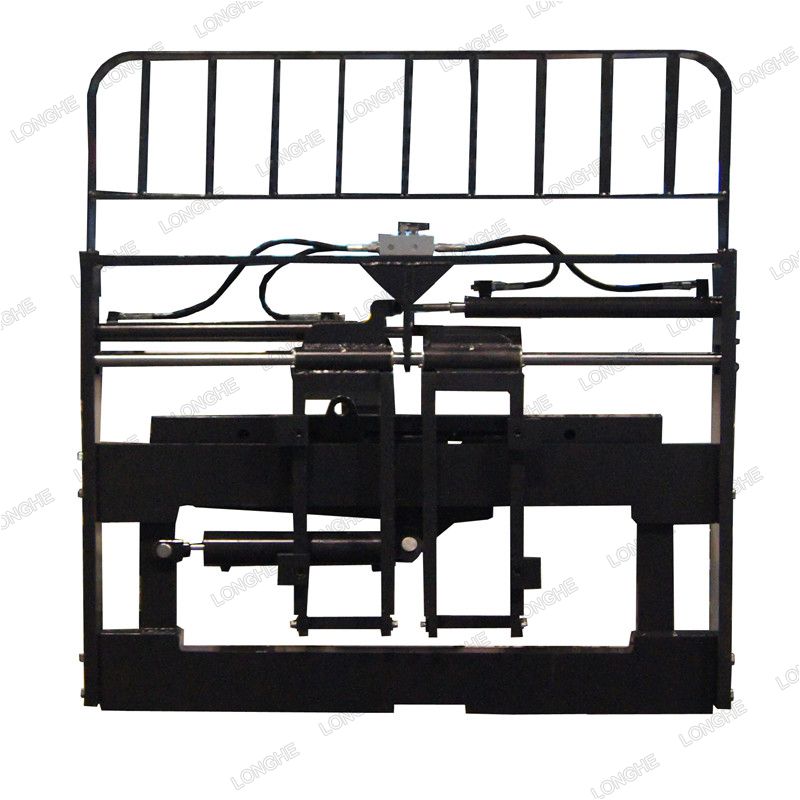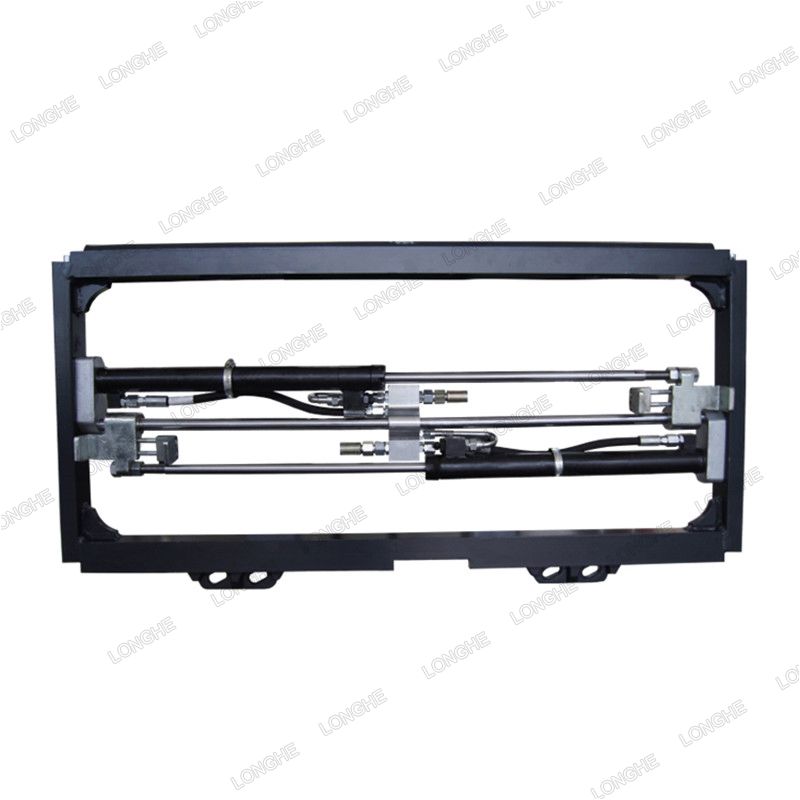When it comes to optimizing the performance of your lift truck, selecting the correct fork positioner is crucial. A fork positioner allows operators to adjust the distance between the forks hydraulically, enhancing flexibility and efficiency in handling various loads. In this comprehensive guide, we’ll delve into the factors that influence the choice of the right fork positioner, ensuring your lift truck operates at its peak capacity.
Understanding Fork Positioners
Fork positioners are vital attachments for lift trucks used in diverse industries, including warehousing, logistics, and manufacturing. They facilitate the handling of loads of different sizes without requiring manual adjustment, saving time and reducing operator fatigue.
Key Benefits of Fork Positioners
1. Increased Productivity: By enabling quick adjustments, fork positioners minimize downtime and enhance the efficiency of material handling operations.
2. Improved Safety: They reduce the need for manual handling of forks, thereby lowering the risk of workplace injuries.
3. Versatility: These attachments make it easier to handle a wide range of load sizes, making your lift truck more versatile.
How Can I Choose the Correct Fork Positioner
1. Determine the Required Lifting Capacity
The lifting capacity of a lift trucks is crucial and varies depending on the industry. For typical warehouse operations, a lift truck with a capacity of 2.5 to 3.5 tonnes is generally adequate. However, industries like construction or metalworking often demand a higher lifting capacity, ranging from 6 to 8 tonnes, to handle heavier loads efficiently.
2. Determine the Intensity
It's important to assess not just the weight of the loads, but also the duration and frequency of use. For standard operations, where the lift truck operates up to 8 hours a day (one shift), this is considered normal use. If your lift truck is required to work through multiple shifts per day, it is classified as being used intensively. Understanding this helps in selecting a lift truck that can handle the operational demands without excessive wear and tear.
3. Determine the Mounting Method
Based on your lifting capacity and intensity needs, you can determine the appropriate mounting method for your lift truck's fork positioner. The robustness of the mounting method is directly related to the lift truck's workload. For lifting heavier loads or operating under frequent, intensive conditions, a stronger attachment of the fork positioner to the fork carriage is essential. This ensures that the lift truck performs reliably under demanding conditions.
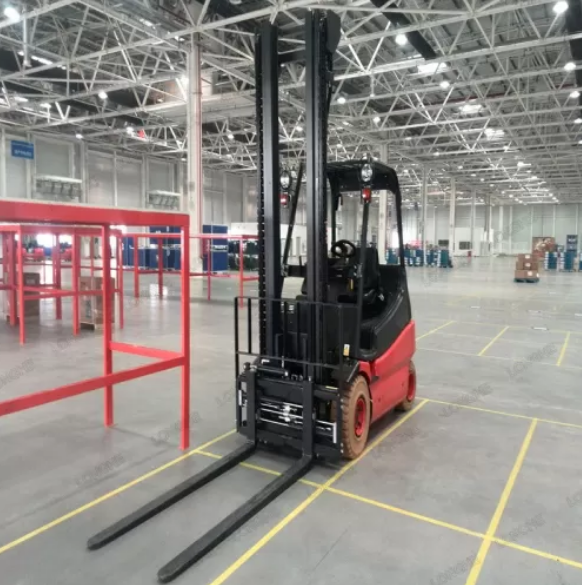
Factors to Consider When Choosing a Fork Positioner
Selecting the right fork positioner for your lift truck involves evaluating several critical factors. Let’s explore these considerations in detail:
1. Lift Truck Specifications
The specifications of your lift truck play a pivotal role in determining the appropriate fork positioner. You need to consider:
- Capacity: The weight the lift truck can handle.
- Carriage Class: Ensuring compatibility with the truck’s carriage.
- Lift Height: The maximum height the forks can reach.
2. Load Characteristics
Understanding the nature of the loads you frequently handle is essential. Evaluate:
- Load Size and Shape: Different fork positioners accommodate varying load dimensions.
- Load Weight: Ensure the fork positioner can support the maximum load weight.
- Load Type: Fragile or irregularly shaped loads may require specialized fork positioners.
3. Operational Environment
Your work environment significantly impacts the choice of a fork positioner. Consider:
- Indoor vs. Outdoor Use: Some fork positioners are better suited for specific environments.
- Temperature Conditions: Extreme temperatures may require fork positioners with special features.
- Floor Conditions: Rough or uneven surfaces may necessitate more robust positioners.
4. Fork Positioner Types
There are various types of fork positioners available, each suited for different applications:
- Integral Fork Positioners: Integrated directly into the lift truck for seamless operation.
- Hang-on Fork Positioners: Easily attached to the existing forks and can be removed when not needed.
- Synchronized Fork Positioners: Both forks move simultaneously, ideal for handling uniform loads.
- Independent Fork Positioners: Forks can move independently, providing flexibility for handling diverse load sizes.
5. Hydraulic System Compatibility
Fork positioners rely on the lift truck’s hydraulic system. Ensure that:
- Hydraulic Pressure and Flow Rate: Match the requirements of the fork positioner.
- Hydraulic Connections: Are compatible and facilitate smooth operation.
6. Maintenance and Durability
Consider the maintenance needs and durability of the fork positioner:
- Material and Build Quality: High-quality materials ensure longevity.
- Ease of Maintenance: Look for positioners that are easy to maintain and have readily available spare parts.
Conclusion
Choosing the correct fork positioner attachment for your lift truck is a decision that impacts your operation’s efficiency, safety, and versatility. By considering the factors outlined in this guide, you can make an informed choice that enhances your material handling capabilities.
For more information or assistance in selecting the right fork positioner, contact us. We are your trusted supplier, dedicated to providing the best solutions for your material handling needs.




